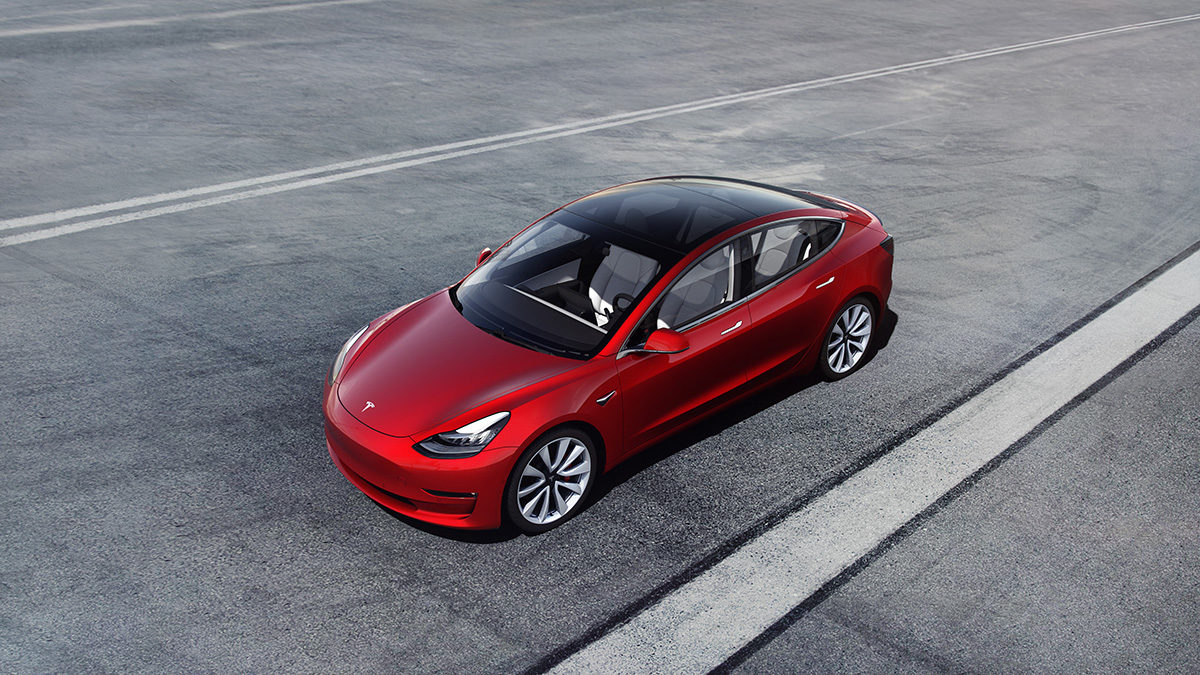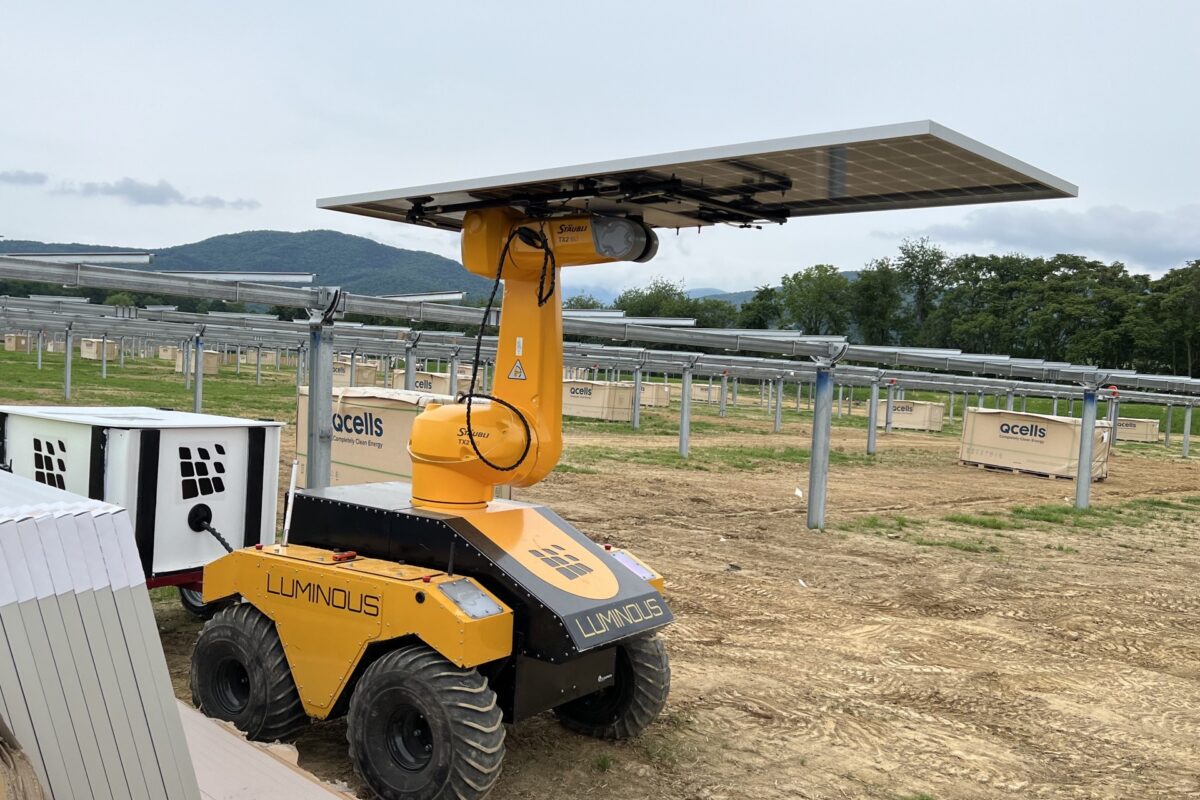Australians, especially those who had waited in early morning lines three years ago to reserve a Model 3 sight unseen, have been waiting quite a while for the Californian EV manufacturer to finally roll out their best-seller on Australian shores. Though Australians haven’t been waiting alone.
Tesla’s delays:
The delays to Model 3 production have been well documented. Among the multifarious causes: difficulties in ramping up production, difficulties in ensuring the cars would fulfil Tesla CEO Elon Musk’s promised price point of US$35,000, and of course, facing such difficulties the rollout of right-hand drive vehicles was pushed further down the to-do list.
According to Musk, in an interview with Axios on HBO, the difficulties almost destroyed the entire company. “Tesla faced a severe threat of death due to the Model 3 production ramp,” said Musk, “Essentially, the company was bleeding money like crazy and if we didn’t solve these problems over a short period of time we would die. It was extremely difficult.” Ultimately, Tesla had to borrow $520 million from Chinese state-owned lenders to step up production at its ‘Gigafactory 3’ in Shanghai.
During this period Musk was working 100-hour plus weeks, sleeping on the factory floor, and overseeing every aspect of the production ramp. Musk admitted that nobody should put that many hours into work. “They should not do this,” advised a laconic Musk in an attempted admission of human frailty that will do little to dispel conspiracy theories suggesting the Tesla CEO is an alien or an android – “very painful…it hurts my brain and my heart” – because isn’t that exactly what an alien or an android would say?
In reality Tesla’s difficulties as one of the world’s leading EV manufacturers is not surprising, the runner at the head of the pack encounters the most resistance. It is experiences like Tesla’s that are driving many of the world’s largest car manufacturers launching EVs, or looking to launch EVs, into “unprecedented” levels of collaboration, at least, that is according to a report released last month from British analytics firm Cornwall Insight. Since December 2018, eight of the 13 major car manufacturers have initiated or are attempting to enter into EV joint ventures, a concerted effort to rapidly develop the kind of economies of scale in the EV industry that would facilitate the large-scale electric transition. The transition is sure to drag on with continual delays if the industry doesn’t share the load and collaborate on insights, as demonstrated by Tesla’s frustrations.
Joy riding:
Finally, with the UK seeing the first right-hand drive Model 3s earlier this year, Tesla began taking Australian orders and yesterday one lucky new EV-owner was very happy with himself as he drove his Model 3 out of Tesla’s Richmond Service and Delivery Centre and out onto the streets of Melbourne. As seen on this video posted to Tesla’s Twitter page:
Model 3 has arrived in Australia 🦘 pic.twitter.com/lXpeWxG4Pj
— Tesla (@Tesla) September 1, 2019
Tesla’s also tweeted: “Tesla is the kangaroo of the automotive world because we raise little Teslas in the frunks of our cars.” The “frunk” is the front-trunk of a Tesla (there being no engine under the bonnet), although in Australia we will have to call it the “fboot”. Either way, I’m not sure whether having “frunks” makes Tesla the kangaroo of the automotive world, not only because rear-engine vehicles are not uncommon (almost all Porche 911s since 1963 have been rear-engined with the exception of two), but also because Tesla Model 3’s do not, in fact, spoiler alert, beget themselves.
This didn’t stop many on the internet playing around with the idea, attesting to the excitement in Australia for the release of the Model 3, and indeed for EV generally:
Soooo, like this?! 😏 pic.twitter.com/fii0epl6NZ
— Jen Street (@jenstreet) September 1, 2019
EV industry building speed:
The belated runout of the Model 3 is yet another boost for the EV industry in Australia. In the last month alone institutions and government bodies have been demonstrating their support for the inevitable EV future.
The Australian Renewable Energy Agency (ARENA) announced $15 million in funding for an ultra-fast EV highway via Evie Networks, funding ARENA is supplying on top of its funding commitments to Australia’s only public ultra-rapid EV charging network, Chargefox.
ANZ Bank and the Clean Energy Finance Corporation (CEFC) announced a collaboration worth $100 million in financing to aid Australian businesses in reducing their carbon emissions through solar PV, energy storage and EV. And the University of New South Wales’s (UNSW) Digital Grid Futures Institute brought together actors from all over the transport and EV industry to discuss the electrification of the transport sector, the challenges of the task and the collective road forward.
This content is protected by copyright and may not be reused. If you want to cooperate with us and would like to reuse some of our content, please contact: editors@pv-magazine.com.









2 comments
By submitting this form you agree to pv magazine using your data for the purposes of publishing your comment.
Your personal data will only be disclosed or otherwise transmitted to third parties for the purposes of spam filtering or if this is necessary for technical maintenance of the website. Any other transfer to third parties will not take place unless this is justified on the basis of applicable data protection regulations or if pv magazine is legally obliged to do so.
You may revoke this consent at any time with effect for the future, in which case your personal data will be deleted immediately. Otherwise, your data will be deleted if pv magazine has processed your request or the purpose of data storage is fulfilled.
Further information on data privacy can be found in our Data Protection Policy.